Search
Remove Ads
Advertisement
Summary 
Loading AI-generated summary based on World History Encyclopedia articles ...
Search Results
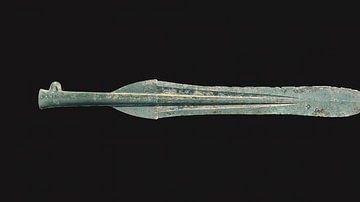
Definition
Yayoi Period
The Yayoi Period is one of the oldest historical periods of Japan spanning from c. 300 BCE to c. 250 CE, preceded by the Jomon Period and followed by the Kofun Period. The name Yayoi comes from the district in Tokyo where the first artifacts...
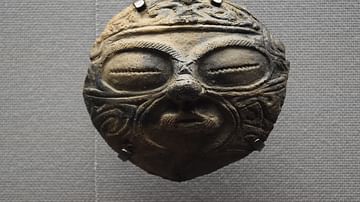
Definition
Jomon Period
The Jomon Period is the earliest historical era of Japanese history which began around 14500 BCE, coinciding with the Neolithic Period in Europe and Asia, and ended around 300 BCE when the Yayoi Period began. The name Jomon, meaning 'cord...
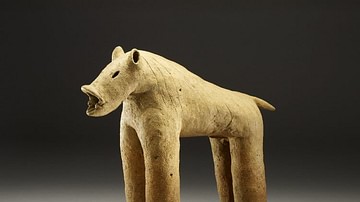
Definition
Kofun Period
Following the Yayoi Period of Japan when farming and metalworking techniques were introduced from mainland Asia was the Kofun Period (c. 250 CE - 538 CE) where the religion of Shinto emerges from the beliefs of previous eras and the Yamato...
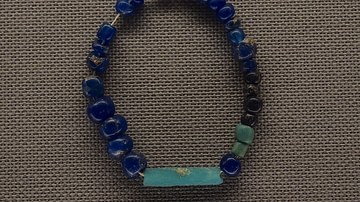
Image
Yayoi Period Bracelet
A glass bead bracelet from the Yayoi Period in Japan, 5th century BCE to 3rd century CE. (Tokyo National Museum)
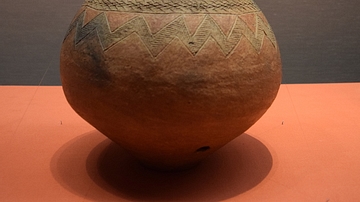
Image
Yayoi Period Jar
A jar of the Yayoi Period, 1st-3rd century CE. From Kugahara, Ota-ku, Tokyo. Important Cultural Property. (Tokyo National Museum)

Video
The Japanese Yayoi Period
This video briefly describes the important historical developments of the Japanese Yayoi Period.

Image
Yayoi Pottery
Unglazed, hand-made red pottery vases from the Late Yayoi Period, 1st-2nd century CE Japan.
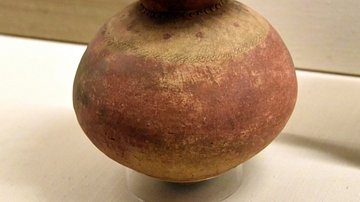
Image
Yayoi Jar with Beaded Neck
This jar has small beads around the neck and is decorated with red pigment and cord impressions. As regional rulers became more powerful in the Yayoi period, they demanded higher quality ceramics. Warfare also became more common, and in Western...

Image
Yayoi Blade
Ritual bronze spear-blade (dohoko) from the Yayoi Period. The blade is said to have been excavated at Okamoto-cho, Kasuga City, modern Fukuoka Prefecture, Japan.
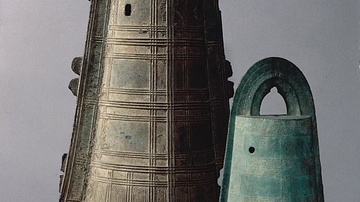
Image
Yayoi Bells
Bronze bells (dotaku), probably used for ceremonial purposes in the Yayoi Period, discovered in Wakayama Prefecture, Japan.